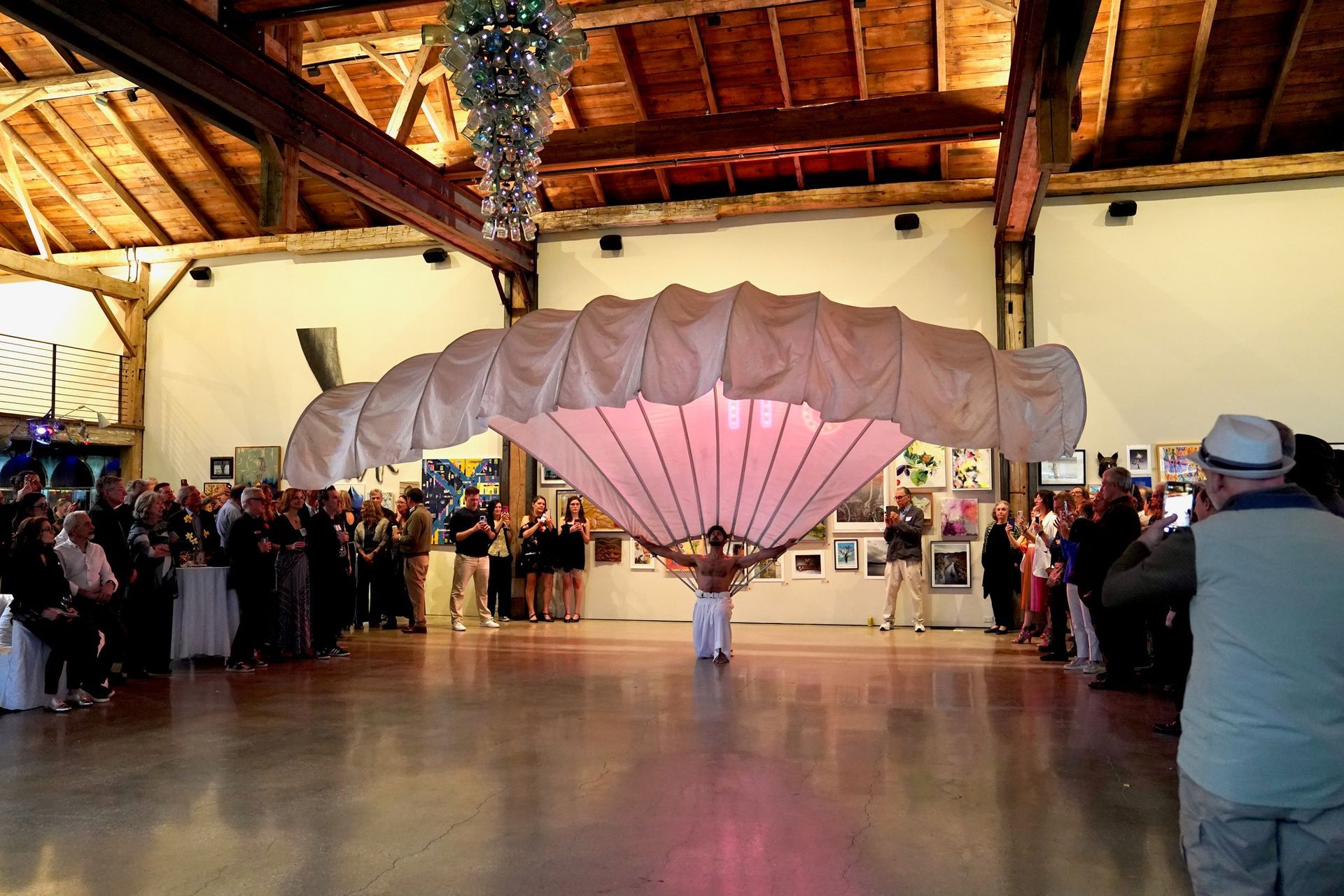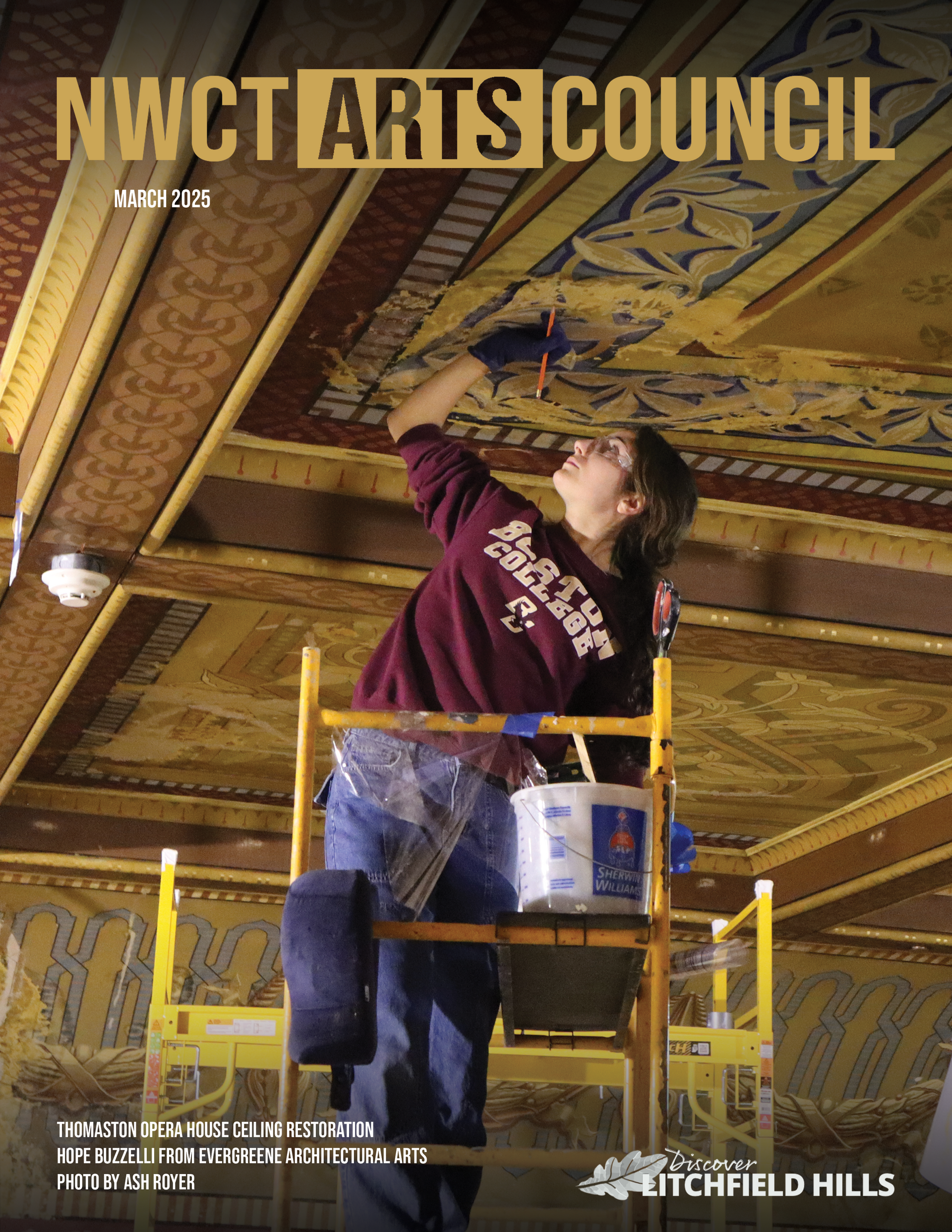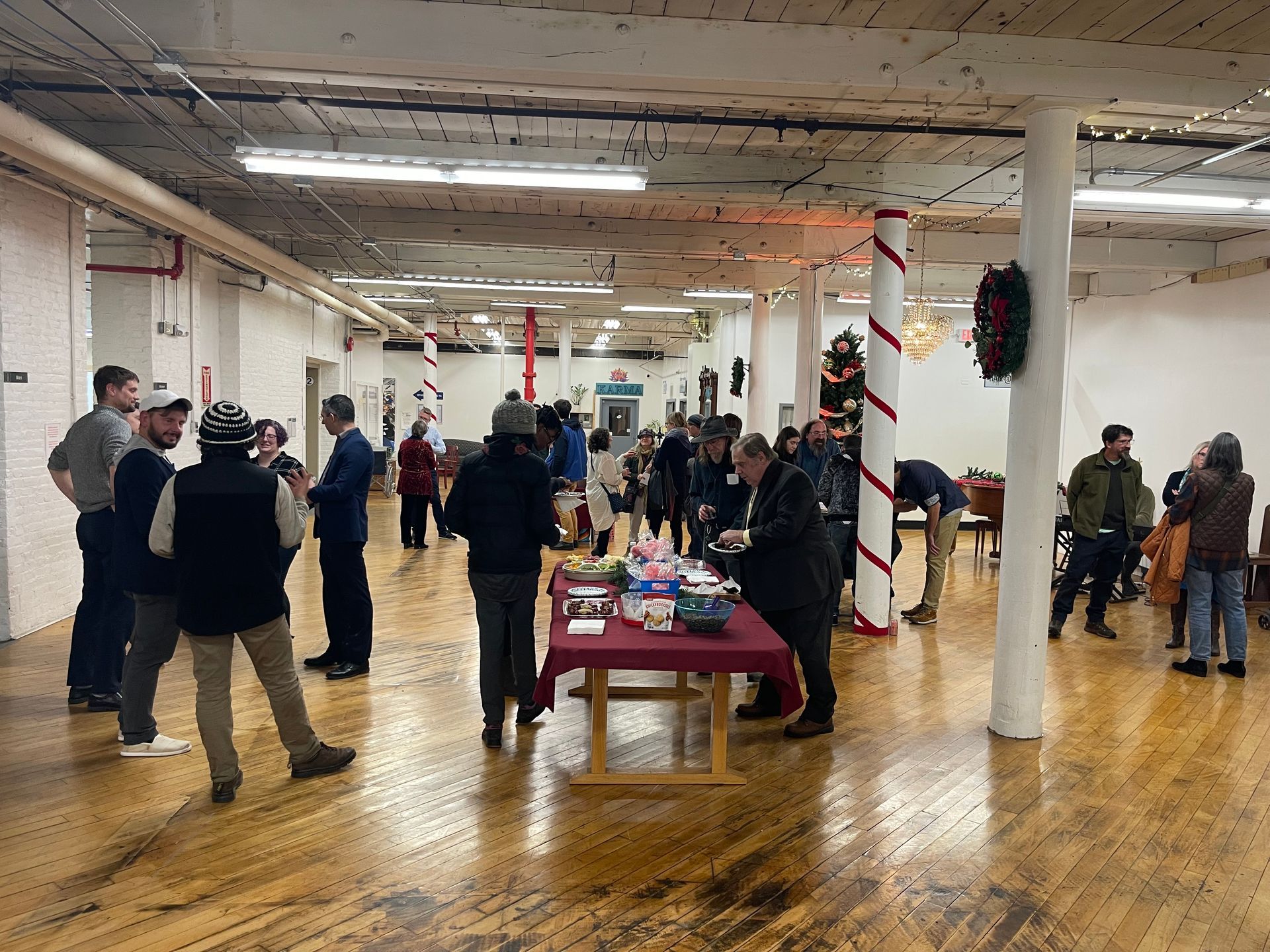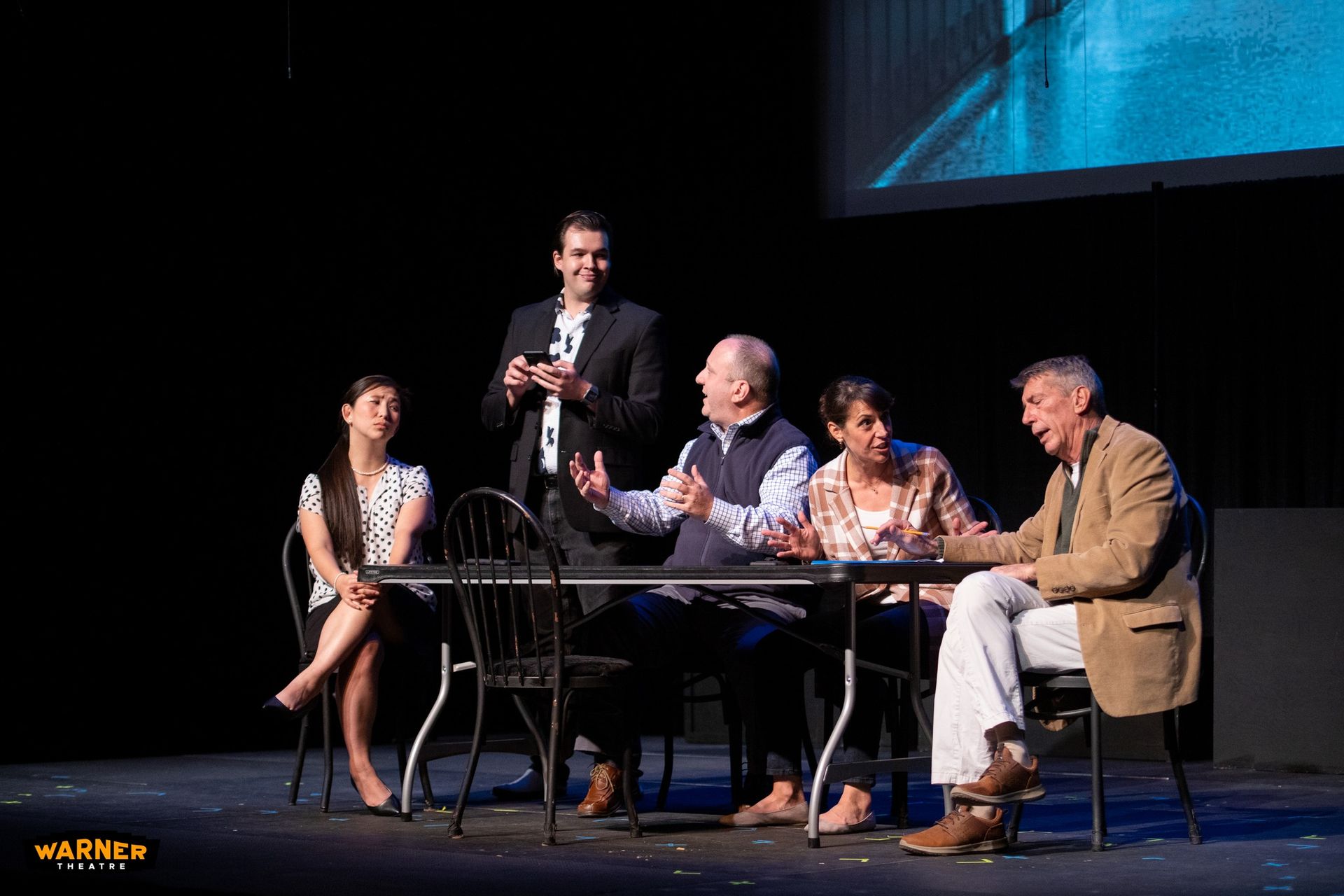Enhancing the Experience: How the Bantam Cinema and Arts Center wants to change how we go to the movies
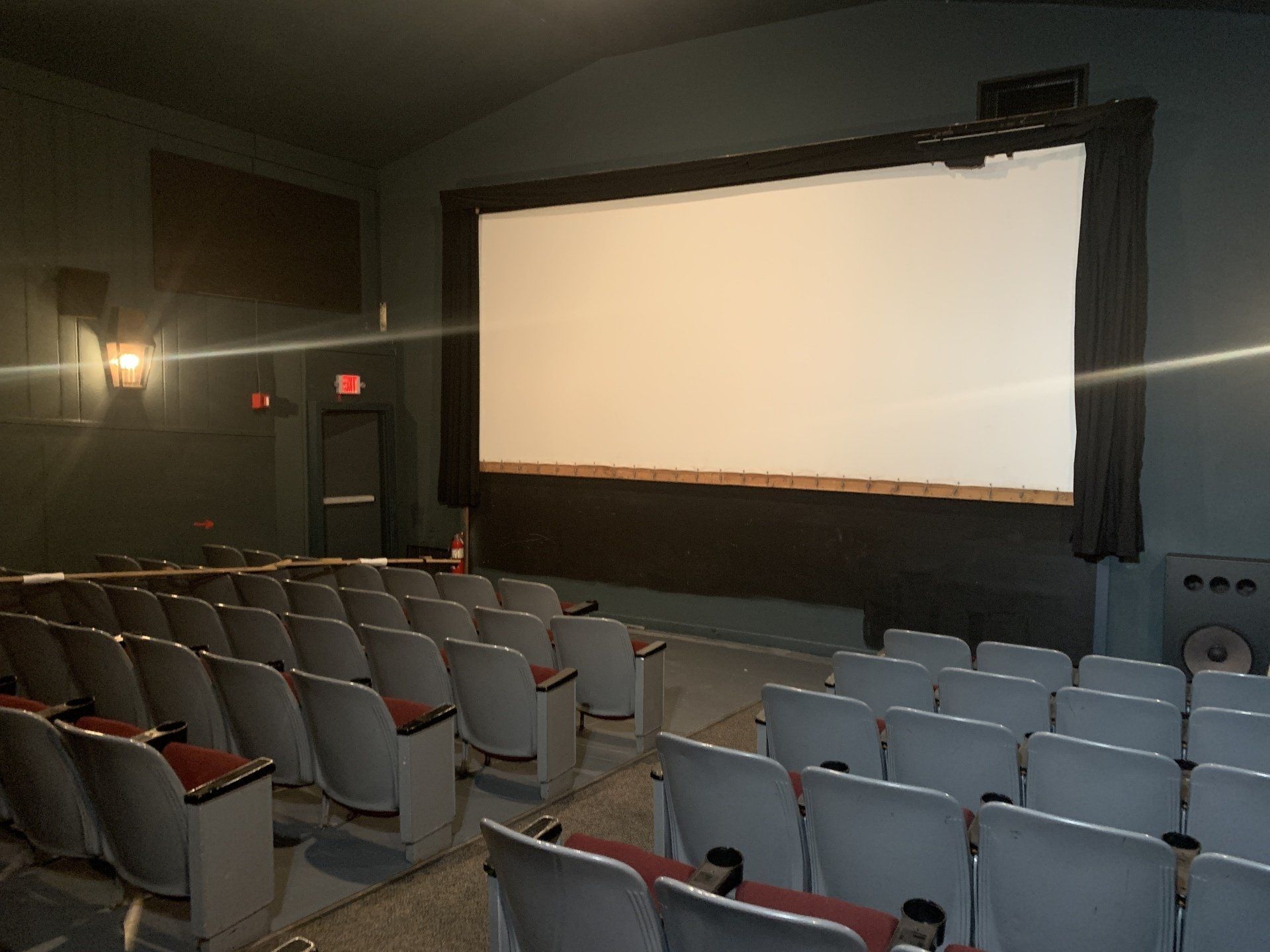
The movie and the movie theater are indisputable American cultural icons. A variety of words and images come automatically to mind whenever they are discussed: “romance,” “the silver screen,” “action and adventure,” “Hollywood.”
“Community” isn’t necessarily on that list for most people. Nevertheless,
community
is exactly what Robert Kwalick, the newly-minted executive director of the newly-minted nonprofit Bantam Cinema and Arts Center, has in mind to keep this long-standing local theater running.
The Bantam Cinema was founded in 1929 as the Rivoli Theater and operated under several different names until 2020, when pandemic restrictions made it impossible for its owners to continue to maintain the business.
Rather than see the community landmark close, a group of local movie enthusiasts came together and raised the money to purchase the theater so that they could continue to operate it as a 501(c)(3) nonprofit organization. To mark both the change in ownership and to signal a new mission for the organization, the new heads of the theater changed the name from the “Bantam Cinema” to the “Bantam Cinema and Arts Center” and began making preparations to reopen. Among the first moves they made was hiring Kwalick as executive director of the new project.
"These people love movies and didn't want to see the place close, so they got together and raised the money. They saved the place,” says Kwalick.
The cinema’s second chance sprung out of the open hearts of members of the Bantam community. In turn, Kwalick hopes to develop the new nonprofit into an organization with community at its own heart.
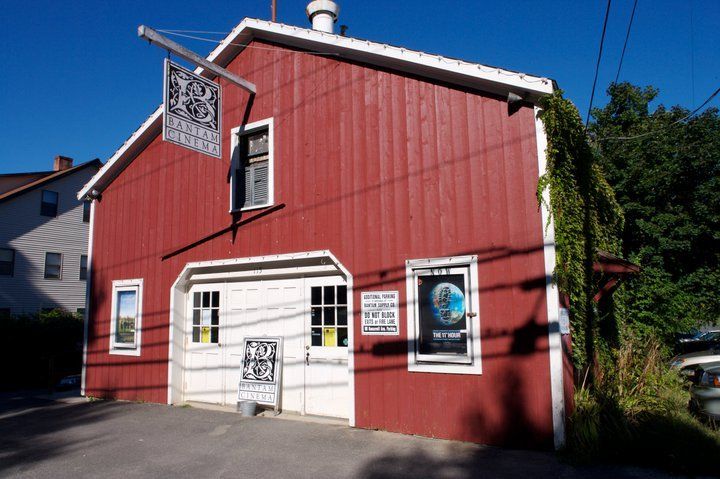
For Kwalick, seeing a film in a theater is a unique experience, and not necessarily a solitary one. “There’s power in being in a group of people, gasping and reacting, or sharing excitement at the concession stand,” he says. “Streaming is a competitor in a sense, but it’s not the same. Leveraging the desire of people to connect again is part of how we’re meeting the challenge of running an independent theater post-COVID.”
Even before the pandemic, many independent movie theaters across the United States were struggling to keep their doors open. According to a 2019 article published in
Variety ,
three major companies - AMC, Regal, and Cinemark - control around half of the 41,000 operational movie screens in the country [1]. Competition from larger chains puts significant pressure on independent theaters, whose smaller networks and more limited access to capital sometimes constricts their ability to make repairs and improvements to their facilities.
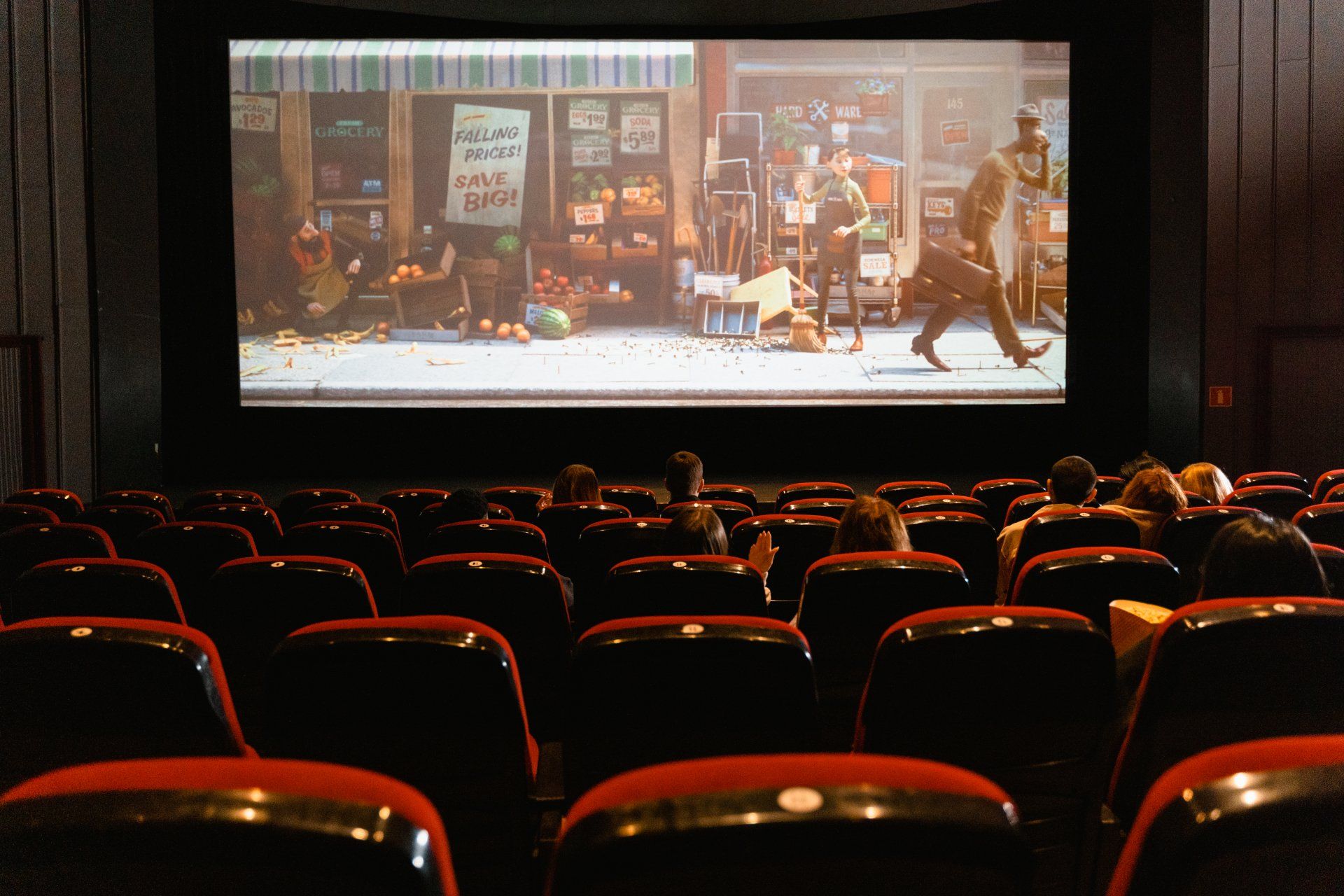
Independent theaters also have to contend with competition from streaming services which allow consumers to access films conveniently and usually inexpensively from the comfort of their homes. Social distancing measures during the pandemic have brought the popularity of streaming to new heights.
“To get people out of the house, movie-going has to become more than sitting alone in the dark with your popcorn and your date,” Kwalick says. “How do you enhance the experience?”
Many brick-and-mortar theaters have introduced new features and programs to encourage movie-lovers to become movie-goers. This may mean installing newer and more comfortable seating and offering higher-end concessions, or offering alternative programming like film discussion groups.
“All independent cinemas are having to rethink what it means to go to the movies,” says Kwalick.

Kwalick and the board of directors for the Bantam Cinema and Arts Center have a variety of plans for the future of the nonprofit in mind. Many of them have to do with making the theater a space for connection with other people as well as artistic enjoyment. As part of recent renovations, the group has already introduced configurable seats in front of one of the cinema’s two screens. This change will allow the theater to live up to the “arts center” part of its name by introducing alternate programming to the movie screenings that have been the building’s traditional bread and butter.
According to Kwalick, there is a need for a local performing arts venue outside of Torrington and Thomaston. He suggested that live performances, arts classes, and discussion groups may be coming to the Bantam Cinema and Arts Center in the near future.
He also discussed the need for more programming that appeals to younger audiences, as a survey put out by the new nonprofit revealed that most of the films typically shown at the Bantam Cinema appealed primarily to the 65-years-and-older age bracket. Kwalick, who himself had years of experience in arts education before pursuing a master’s degree in arts administration, is especially energized about the possibility of making the cinema more family-friendly. “We’re hoping to foster a love of the arts in the next generation,” he says.
Currently, the Bantam Cinema and Arts Center facility is still being worked on and inspected for safety prior to being reopened to the public. They hope to open their doors sometime this fall and are eager to get people back in the building and back to enjoying and discussing film together.
“We live in an increasingly isolating and isolated society,” Kwalick says. “Anything that builds community now is critical. My hope is that a place like this will bring people together, not only as an outlet for their own creative expression, but also as a place to experience something and grapple with it together.”
Sources:
[1]
https://variety.com/2019/film/features/small-theaters-exhibitors-movie-business-1203170700/
To learn more about the Bantam Cinema and Arts Center’s reopening schedule, view their calendar here:
https://www.bantamcinema.org/coming-soon



